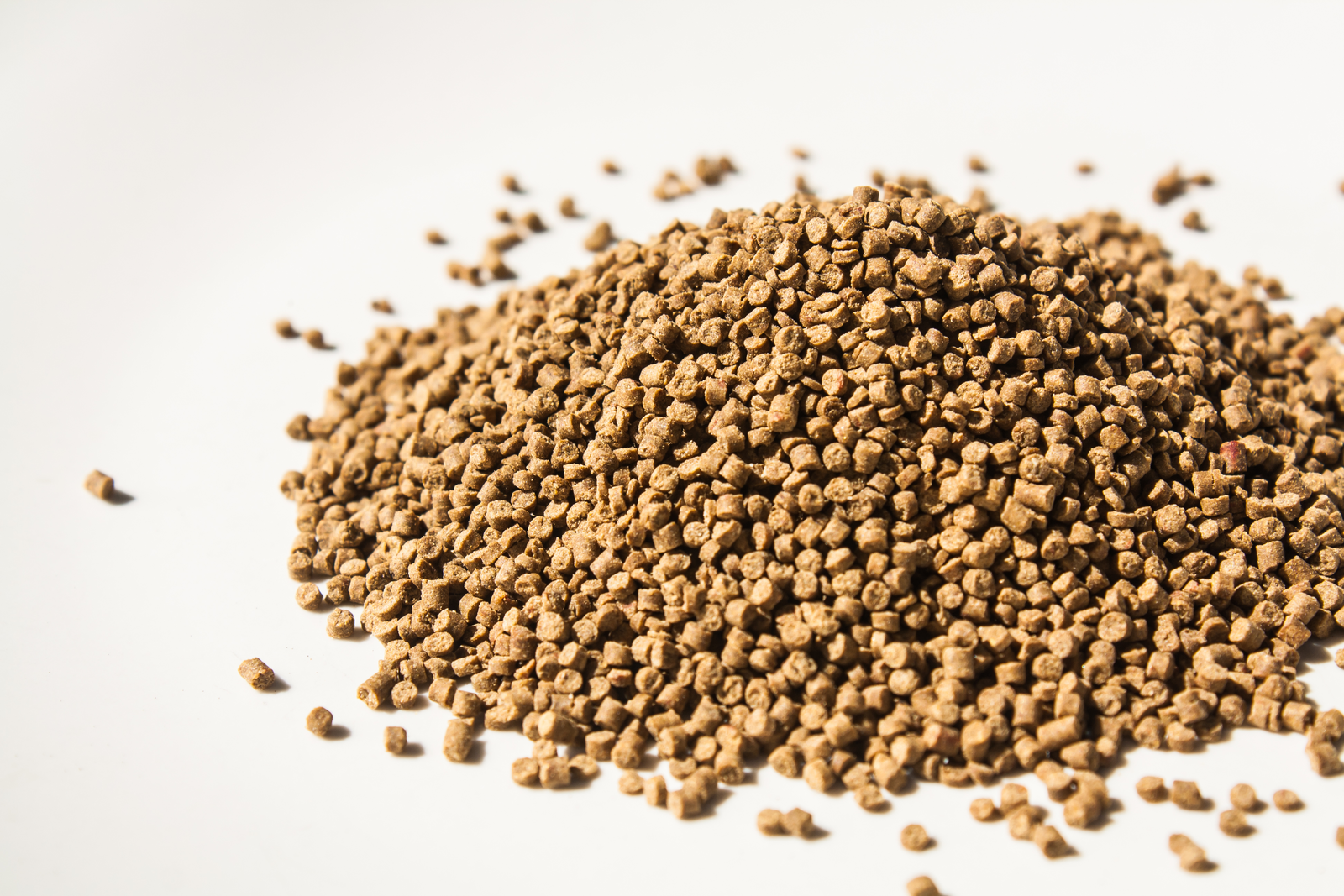How to process novel fish feed protein sources

There is need for new protein ingredients for fish diets. But there is also a need to invest in knowledge on how these novel ingredients affect the nutritional and physical ?quality properties of aquatic feeds. A new centre in Norway will do just that.
By Dejan Miladinovic, quality manager, Norwegian University of Life Sciences (NMBU), Centre for Feed Technology
Modern farming of aquatic species is one of the most important resource for protein supply to human well-being. The human population is growing fast, with the FAOs prediction of 9.1 billion people by 2050. The most important protein source for aquatic feed was and still is fish meal. At present, the modern Norwegian salmon feed diet includes 50% less fish meal when compared to 20 years ago.
Need for other proteins
Growth of the global fish farming sector and hence the fish feed industry has raised concerns about its environmental impacts. The consumer’s awareness on sustainability and food safety puts pressure on the aquaculture industry to document that the production of farmed fish is safe and environmentally sustainable. Sustainability of aquatic feed production and the discussion about the use of feed ingredients raised the main argument against the sustainability of fish farming if dependent of fish meal. Increased consumption of animal proteins is creating an immense demand of high quality fish and animal feed to generate healthy proteins for humans. Fish meal is the protein source traditionally used in aquaculture diets but it is considered as limited to a few countries and rather expensive. This is only one of the few important driving factors for the increased use of alternative protein ingredients in aquatic feed diets.
Criteria for new ingredients
The necessity for modern ingredients for the fish feed has produced dozens of academic research articles. Several articles claim that some novel ingredients are optimal and renewable protein resources. Also, some ingredients, for example single cell organisms, possess useful immune-stimulating and health benefits of the aquatic organisms. However, it is not easy to create the ideal novel feed ingredient (NFI). Such NFI would need to pass through some rigorous measures before calling it a novel ingredient. The ingredient must be safe for fish and humans and without anti-nutrients or toxins. Also, it would need to be accepted by the fish, with optimal taste and flavour. As an important asset the NFI must be cheap, should be sustainable and the availability must be secured. Overall, such a protein ingredient should have an optimally balanced profile of amino-acids. An optimal NFI for aquatic species must not reduce utilisation of other nutrients within the feed diet. Also, such ingredient should influence the best possible physical characteristics and technological quality of extruded or pelleted feed products.
Enzymatic bioreactors
In order to secure its protein based resources, the Norwegian Research Council has selected the Norwegian University of Life Sciences (NMBU) to host a prestigious new Centre for Research-based Innovation with the name Foods of Norway. Foods of Norway will aim towards developing sustainable feed ingredients from natural bio-resources that are not appropriate for human consumption. Such NFI’s will be developed from forestry, fish and animal co-products that can all be converted in enzymatic bioreactors to high-quality feed ingredients. Foods of Norway with the support of the Centre for Feed Technology (FôrTek) will also aim to improve the efficiency of the feed by novel feed-processing technology.
Knowledge on pre-processing
Utilisation of enzymes during feed production and feeding the fish has shown vast potential for better utilisation of the fish feed and its ingredients by various aquatic species. However, there is little or no published data on how the enzymes and the enzymatic activity related to novel protein resources might improve the nutritional and physical quality properties of the aquatic feeds. Also there is no evidence on how the enzymatic pre-processing of the NFI would influence better production capacities and lower consumption of electricity. With four years PhD research the Norwegian Centre for Feed Technology at the NMBU will try to characterise how the utilisation of enzymes in pre-processing, extrusion and pelleting, might influence the shelf life of NFIs’ high quality fatty acids and proteins. The overall investigation will focus on the stability of aquatic feeds as an integrated part of the fish feed matrix with its rheological, tribological and quality characteristics.
Novel green value chain
This work will partially be supported by AB Vista Feed Ingredients. In this way the Norwegian Centre for Feed Technology will create a novel green value chain for the production of aquatic feeds and will develop technologies and knowledge that will allow for the optimal use of renewable resources which will bring high value aquatic feed products and hence strengthen the food security.
For a full reference list please contact the author: dejan.miladinovic@nmbu.no











